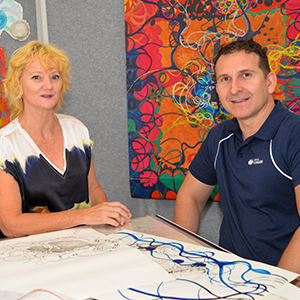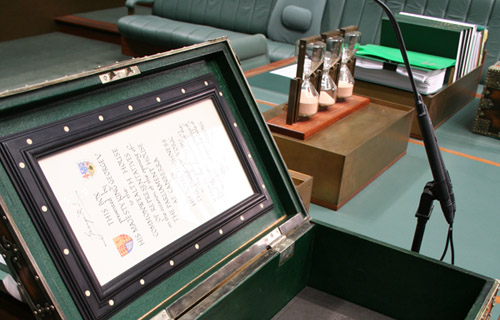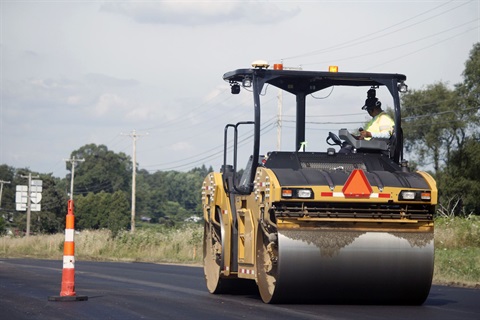Geoscience Australia recorded an earthquake of a preliminary magnitude of 5.3 on 13 November 2021 at 9.05 pm local time east of Marble Bar in the Pilbara, Western Australia.
The earthquake was recorded at a depth of 10 kilometres.
Three aftershocks have been recorded, with preliminary magnitudes ranging between 2.6 and 3.2.
More than 1300 felt reports have been submitted by the public via the Geoscience Australia website as of 9.30am AEDT 14 November 2021.
In the last five years there have been only two earthquakes larger than magnitude 4.0 recorded within 200 kilometres of this earthquake’s epicentre.
The state of Western Australia has had 23 earthquakes of magnitude 5.0 or larger since 2000. The largest was offshore Broome in July 2019, at magnitude 6.6.
On average, around 100 earthquakes of magnitude 3 or larger are recorded in Australia each year.
Earthquakes above magnitude 5.0, such as the destructive 1989 Newcastle earthquake and the recent 5.9 magnitude earthquake near Mansfield, VIC, occur around every one to two years.
Approximately every ten years, Australia experiences a potentially damaging earthquake of magnitude 6.0 or larger such as the Meckering earthquake in October 1968.
Compared to countries near tectonic plate boundaries, Australia experiences fewer large earthquakes.
Earthquakes in Australia are caused by the slow build-up of stress in the interior of the continent, produced by tectonic plate moving approximately 7 centimetres to the northeast every year.
The Australian plate is the fastest moving continental land mass on Earth, colliding into the Pacific plate to Australia’s north and east, and the Eurasian Plate to the northwest.
An earthquake occurs when rocks deep underground break and move along a fault line, releasing this stress.
While some parts of the country are more likely to experience earthquakes than others, large earthquakes can occur anywhere across the continent and without warning. In the case of an earthquake, drop onto your hands and knees and crawl under a table or next to an interior wall, cover your head and neck, and hold on until the shaking stops.
Geoscience Australia provides 24×7 earthquake detection, analysis, notification and advice through the National Earthquake Alerts Centre. The National Earthquake Alerts Centre locates 15,000 earthquakes around the world each year, of which 750 are in Australia.
The National Earthquake Alerts Centre operates extensive networks of observatories and geophysical monitoring stations around Australia and its territories, including offshore. These provide real-time information to the Centre for the rapid notification of earthquakes of national and international significance.
If you felt this earthquake, you can lodge a felt report online via the Earthquakes@GA website.








